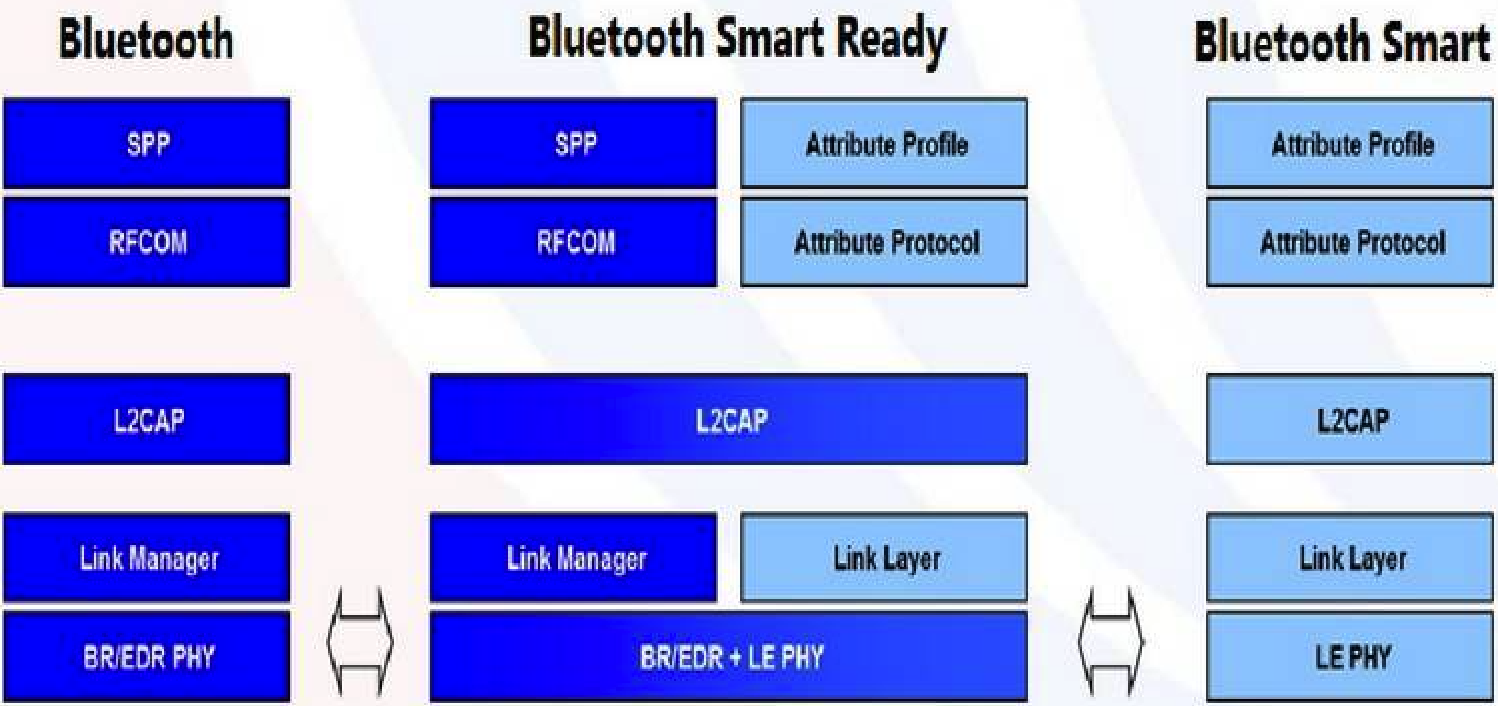
There are two types of chips in the Bluetooth low energy architecture: single-mode chips and dual-mode chips. A Bluetooth single-mode device is a new type of chip in the Bluetooth specification that supports only Bluetooth low energy technology – part of a technology optimized for ULP operation. The Bluetooth single-mode chip can communicate with other single-mode chips and dual-mode chips. At this time, the latter needs to use the Bluetooth low energy technology part of its own architecture to send and receive data. Dual-mode chips can also communicate with standard Bluetooth technology and other dual-mode chips using traditional Bluetooth architecture.
Dual-mode chips can be used anywhere a standard Bluetooth chip is used. In this way, a mobile phone, PC, personal navigation device (PND) or other application equipped with the dual-mode chip can communicate with all legacy standard Bluetooth devices already on the market, as well as all future Bluetooth low energy devices. However, because these devices are required to perform standard Bluetooth and Bluetooth low energy tasks, dual-mode chips are not as optimized for ULP operation as single-mode chips.


